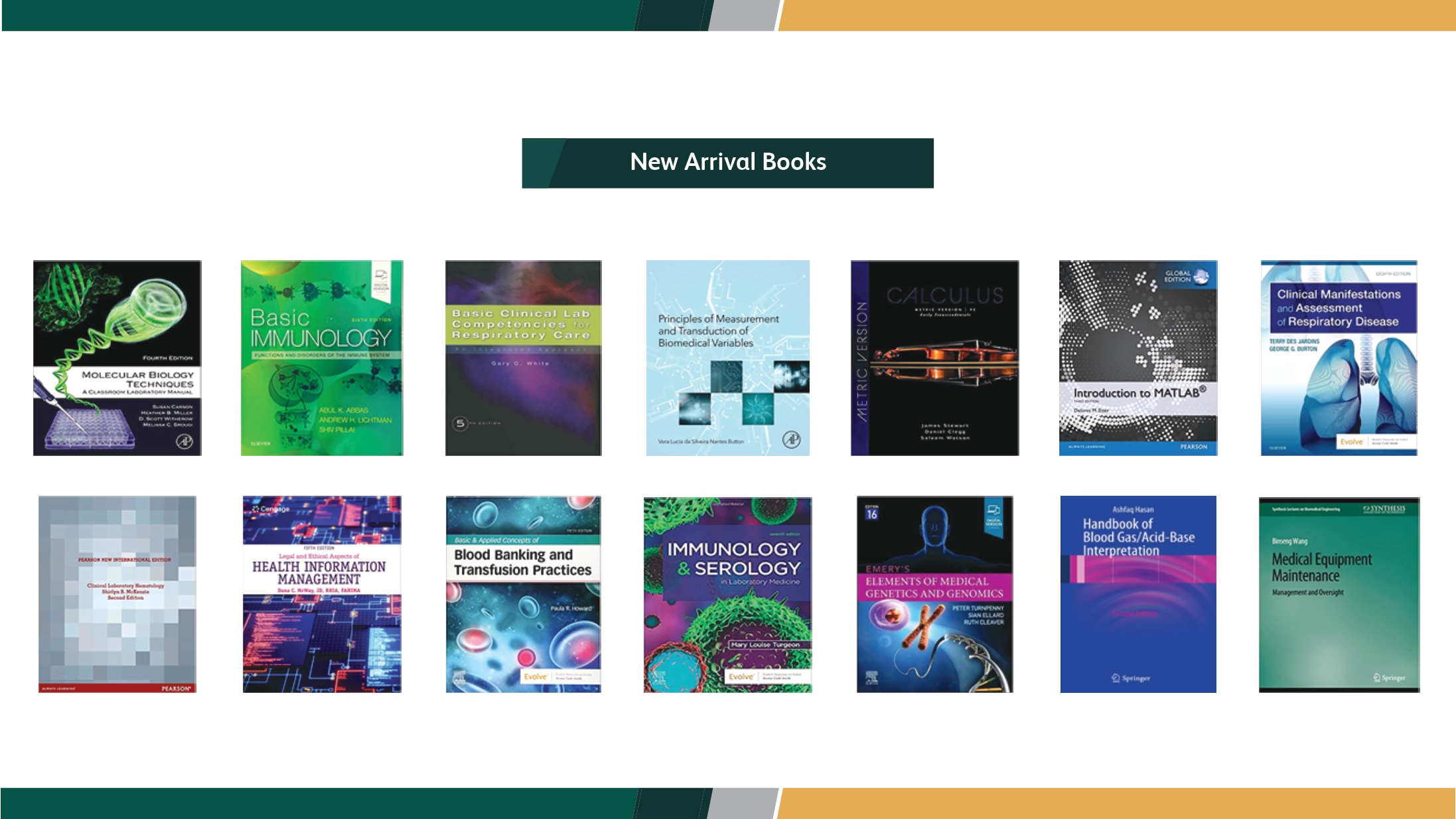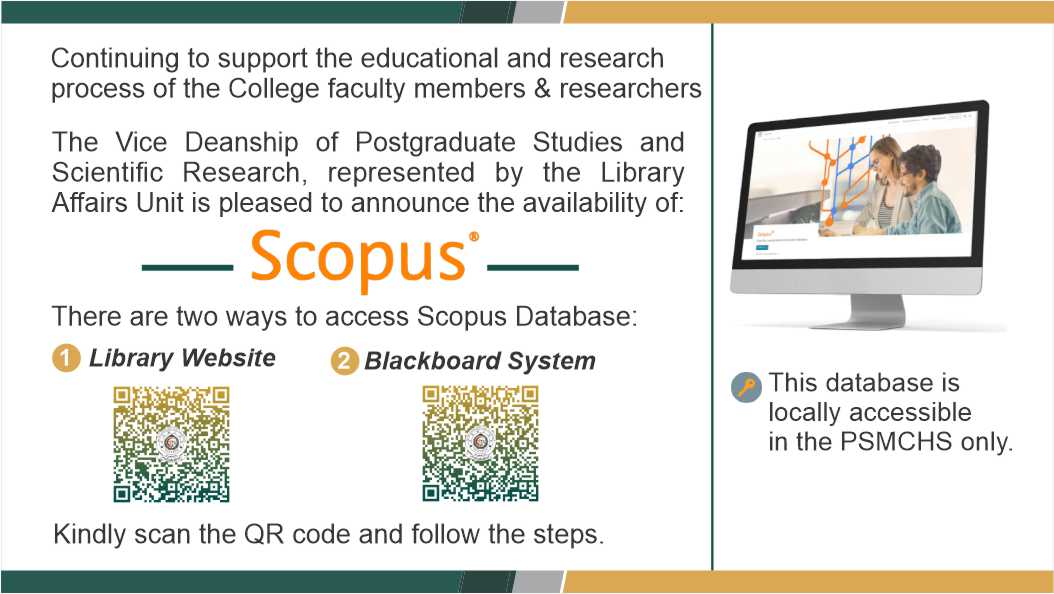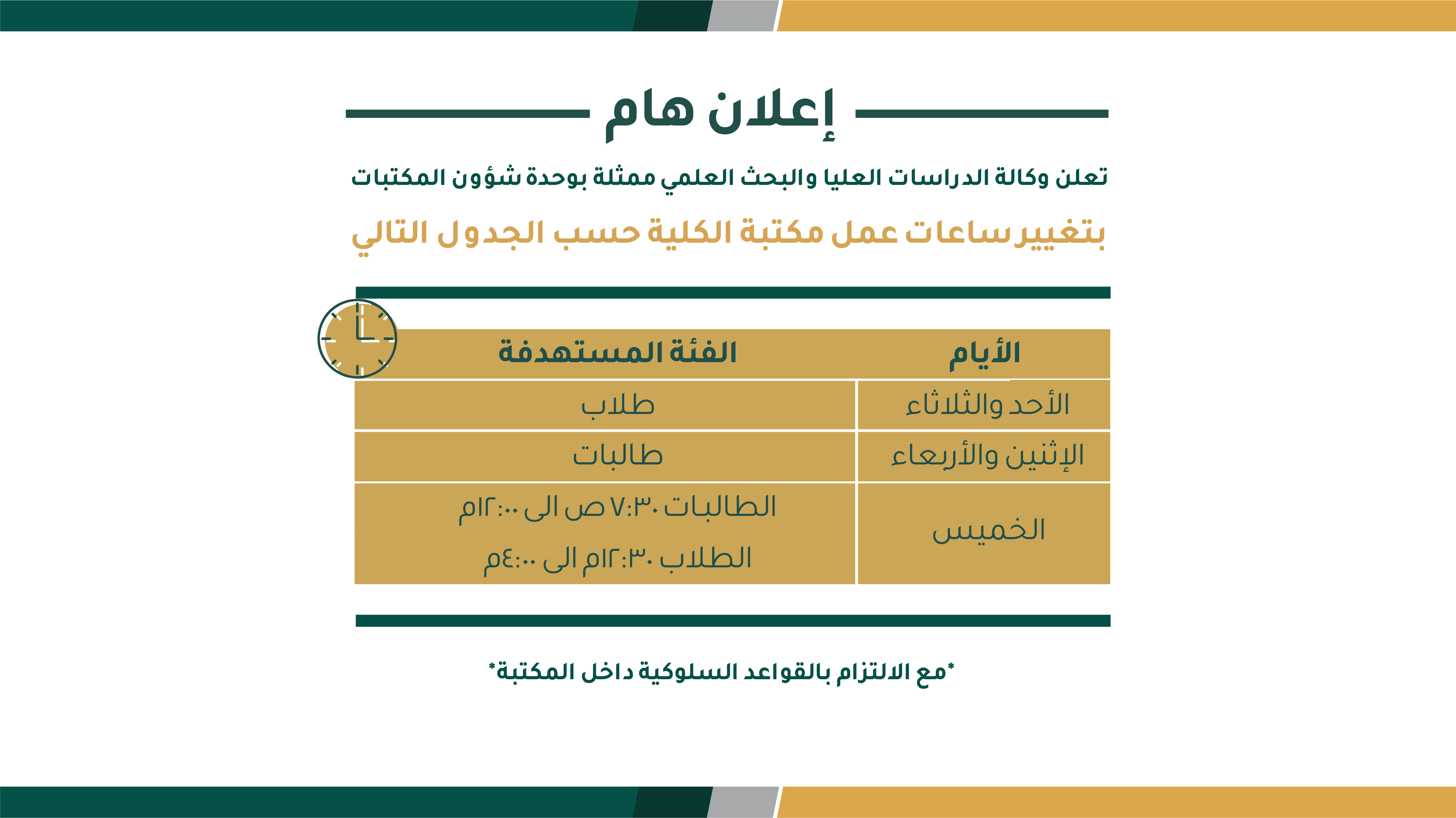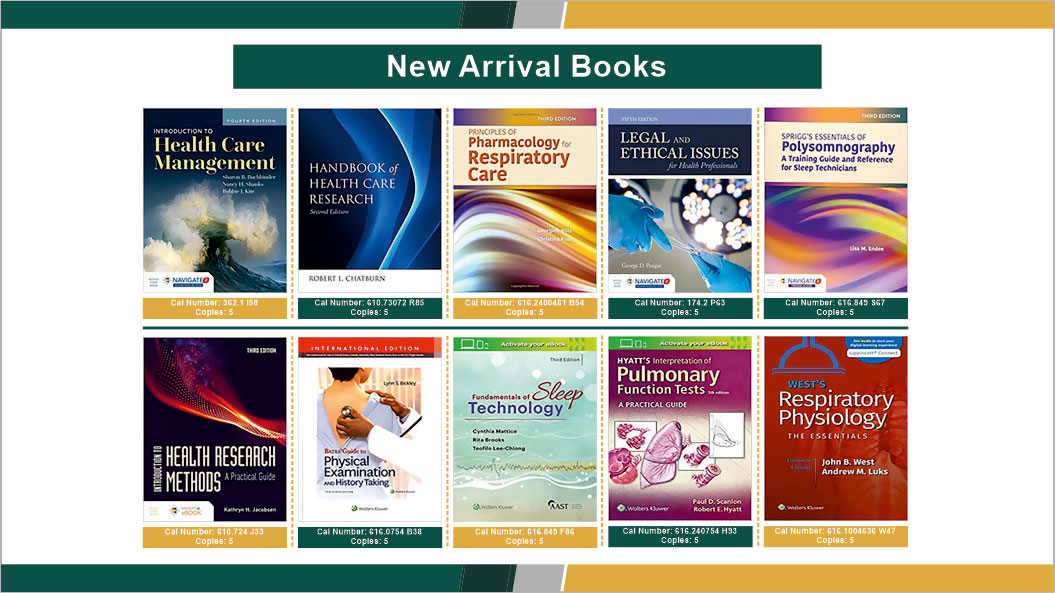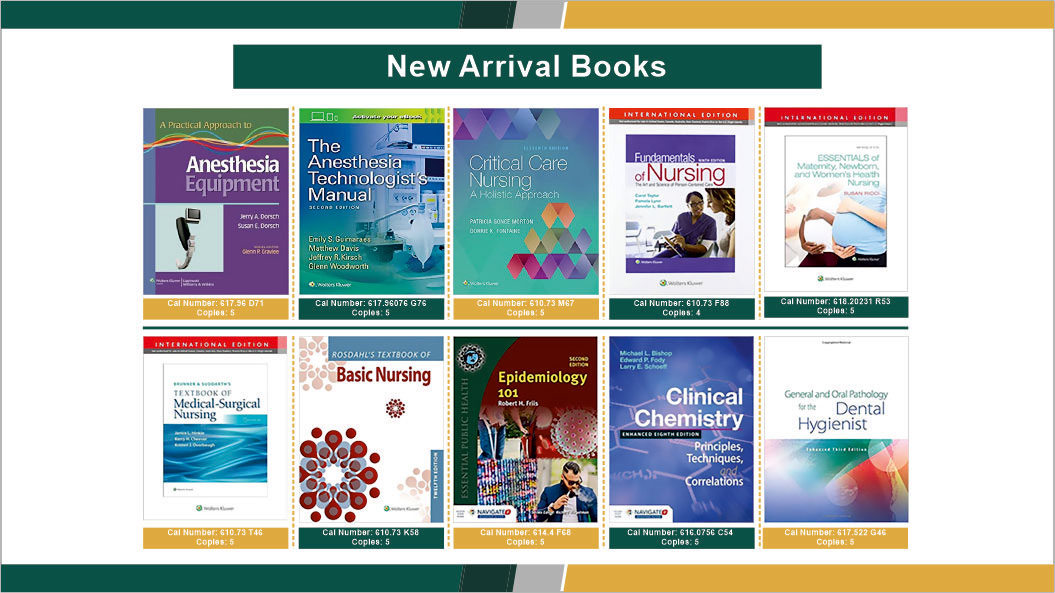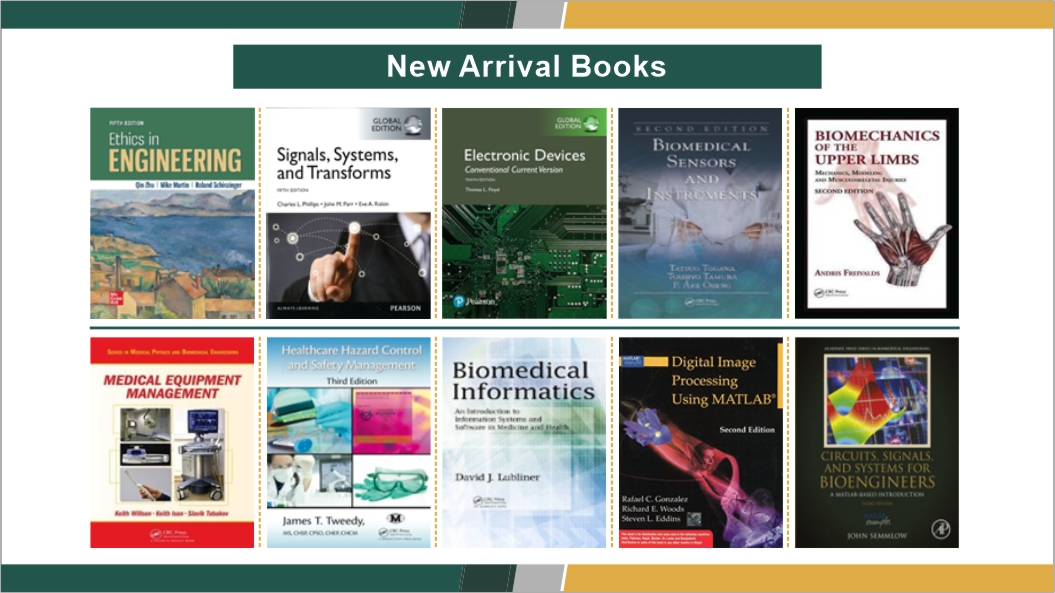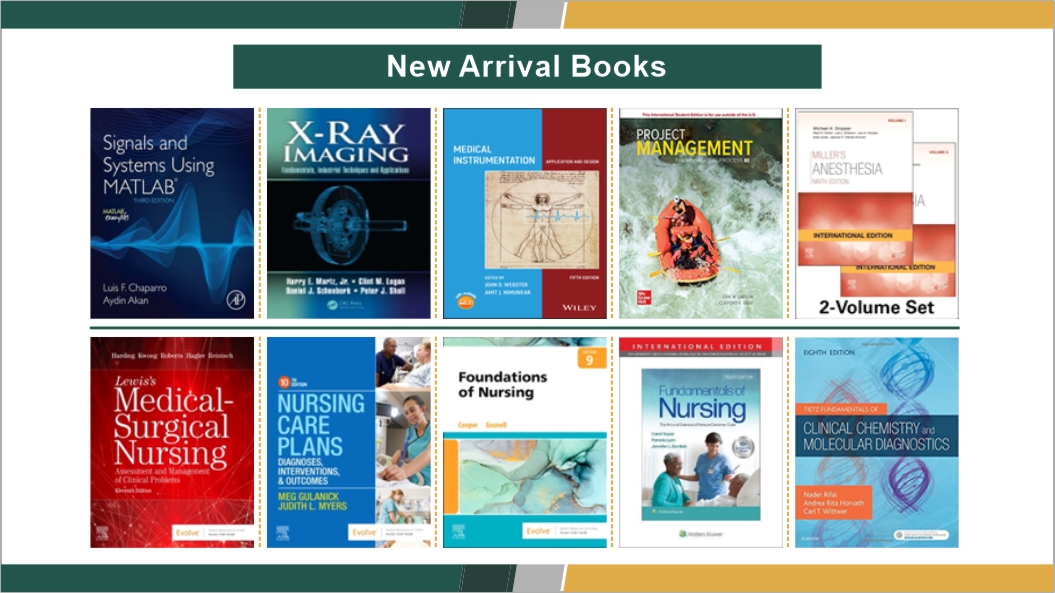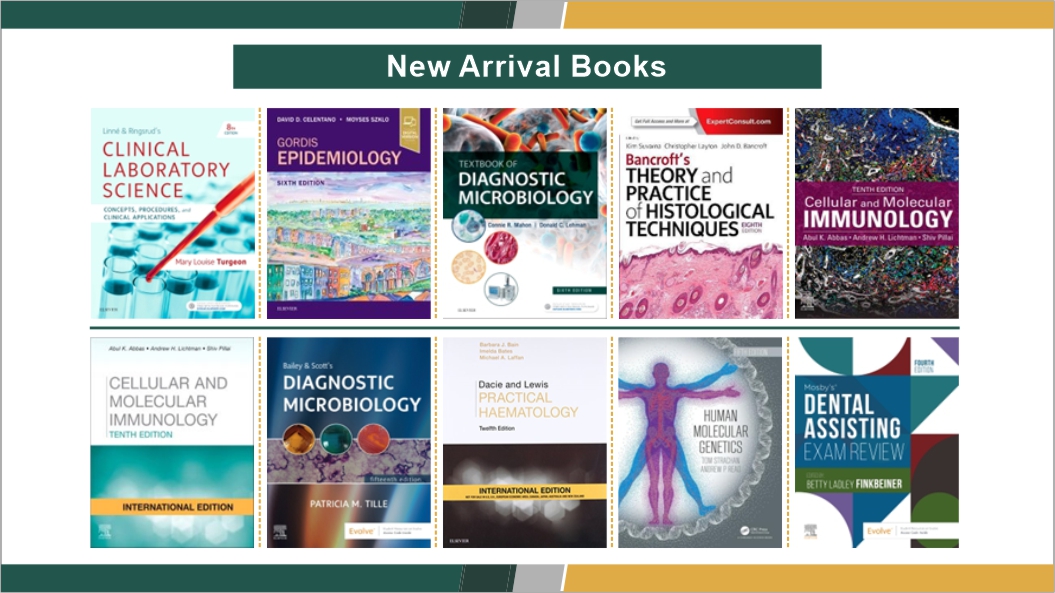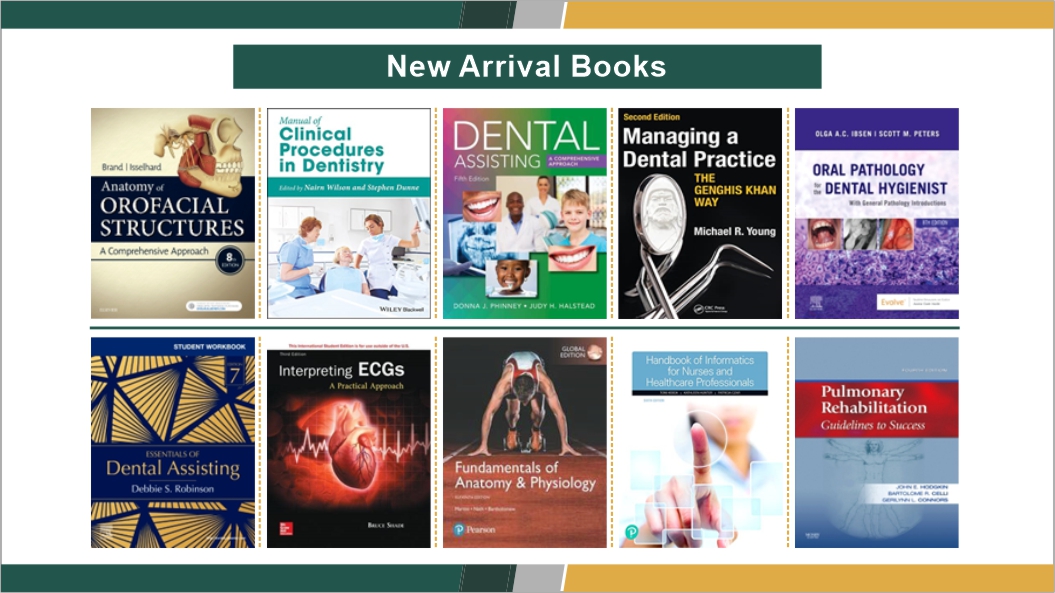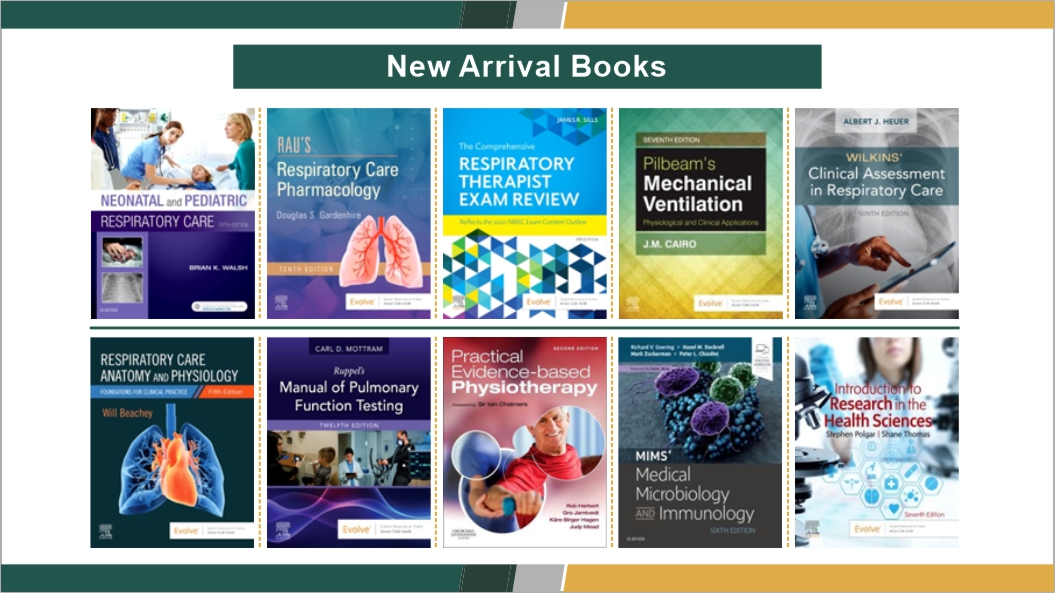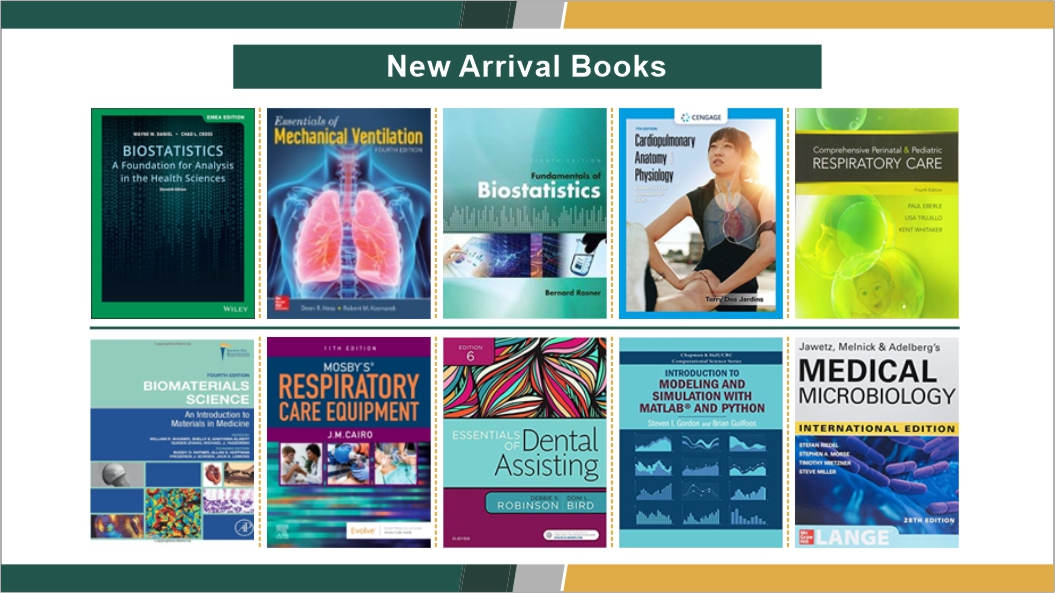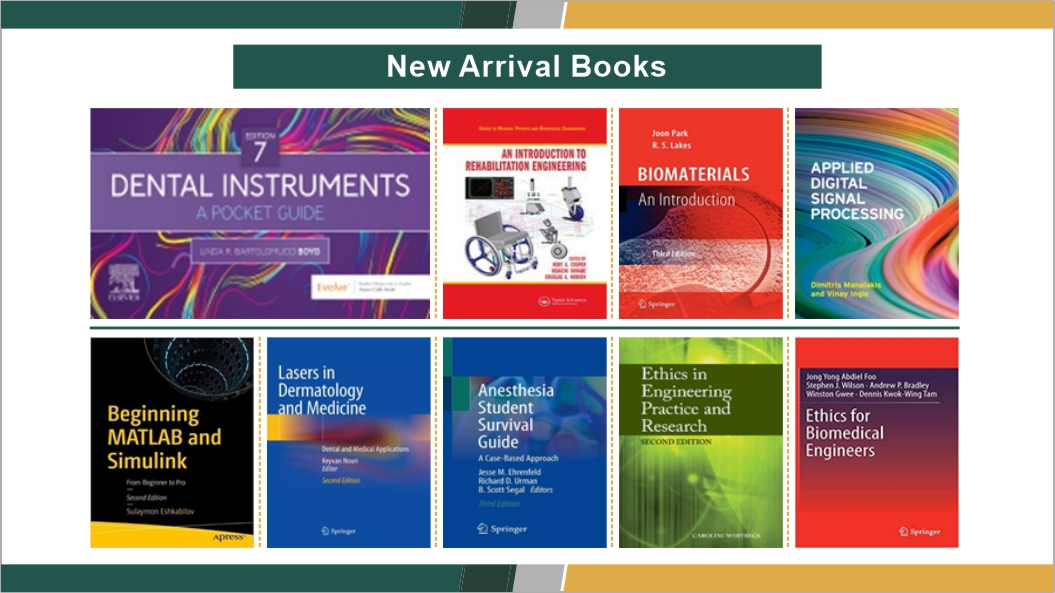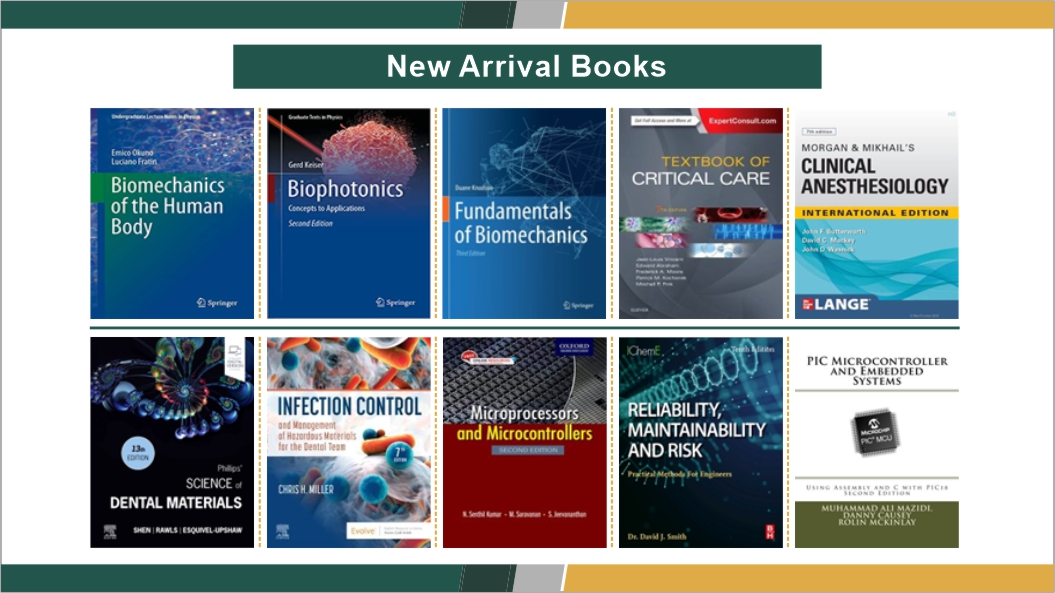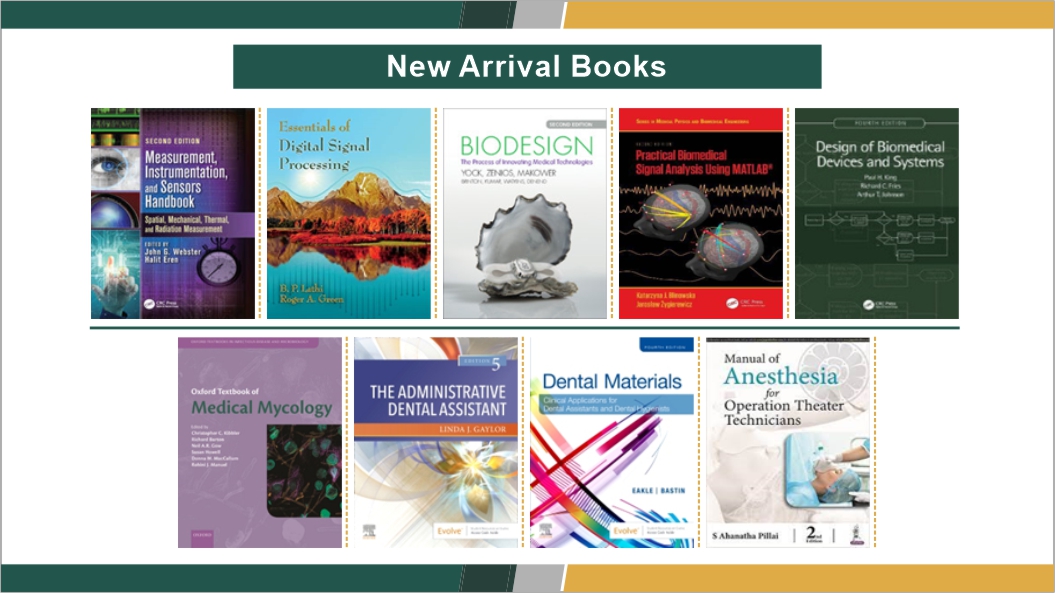
Manual of clinical microbiology /
- 10th ed.
- Washington, DC : ASM Press, c2011.
- 2 v. (xxviii, 2314, clvii p.) : ill. (some col.) ;
V. 1: Introduction to the Tenth Edition of the Manual of Clinical Microbiology -- Microscopy -- Systems for Detection and Identification of Bacteria and Yeasts -- Molecular Microbiology -- Immunoassays for the Diagnosis of Infectious Diseases -- Infection Control Epidemiology and Clinical Microbiology -- Investigation of Enteric Disease Outbreaks -- Molecular Epidemiology -- Procedures for the Storage of Microorganisms -- Prevention and Control of Laboratory-Acquired Infections -- Decontamination, Disinfection, and Sterilization -- Biothreat Agents -- The Human Microbiome -- Microbial Genomics and Pathogen Discovery -- Taxonomy and Classification of Bacteria -- Specimen Collection, Transport, and Processing: Bacteriology -- Reagents, Stains, and Media: Bacteriology -- General Approaches to Identification of Aerobic Gram-Positive Cocci -- Staphylococcus, Micrococcus, and Other Catalase-Positive Cocci -- Streptococcus -- Enterococcus -- Aerococcus, Abiotrophia, and Other Aerobic Catalase-Negative, Gram-Positive Cocci -- General Approaches to the Identification of Aerobic Gram-Positive Rods -- Bacillus and Other Aerobic Endospore-Forming Bacteria -- Listeria and Erysipelothrix -- Coryneform Gram-Positive Rods -- Nocardia, Rhodococcus, Gordonia, Actinomadura, Streptomyces, and Other Aerobic Actinomycetes -- Mycobacterium: General Characteristics, Laboratory Detection, and Staining Procedures -- Mycobacterium: Laboratory Characteristics of Slowly Growing Mycobacteria -- Mycobacterium: Clinical and Laboratory Characteristics of Rapidly Growing Mycobacteria -- Approaches to the Identification of Aerobic Gram-Negative Bacteria -- Neisseria -- Actinobacillus, Capnocytophaga, Eikenella, Kingella, Pasteurella, and Other Fastidious or Rarely Encountered Gram-Negative Rods -- Haemophilus -- Escherichia, Shigella, and Salmonella -- Yersinia -- Klebsiella, Enterobacter, Citrobacter, Serratia, Plesiomonas, and Other Enterobacteriaceae -- Aeromonas -- Vibrio and Related Organisms -- Pseudomonas -- Burkholderia, Stenotrophomonas, Ralstonia, Cupriavidus, Pandoraea, Brevundimonas, Comamonas, Delftia, and Acidovorax -- Acinetobacter, Chryseobacterium, Moraxella, and Other Nonfermentative Gram-Negative Bacteria -- Bordetella and Related Genera -- Francisella and Brucella -- Legionella -- Bartonella -- Approaches to Identification of Anaerobic Bacteria -- Approaches to Identification of anaerobic Bacteria -- Peptostreptococcus, Finegoldia, Anaerococcus, Peptoniphilus, and Other anaerobic Cocci -- Propionibacterium, Lactobacillus, Actinomyces, and Other Non-Spore-Forming Anaerobic Gram-Positive Rods -- Clostridium -- Bacteroides, Porphyromonas, Prevotella, Fusobacterium, and Other Anaerobic Gram-Negative Rods -- Algorithms for Identification of Curved and Spiral-Shaped Gram-Negative Rods -- Campylobacter and Arcobacter Collette Fitzgerald and Irving Nachamkin -- Helicobacter -- Leptospira -- Borrelia -- Treponema and Brachyspira, Human Host-Associated Spirochetes -- General Approaches to Identification of Mycoplasma, Ureaplasma, and Obligate Intracellular Bacteria -- Mycoplasma and Ureaplasma -- Chlamydiaceae -- Rickettsia and Orientia -- Ehrlichia, Anaplasma, and Related Intracellular Bacteria -- Coxiella -- Tropheryma -- Antibacterial Agents -- Mechanisms of Resistance to Antibacterial Agents -- Susceptibility Test Methods: General Considerations -- Susceptibility Test Methods: Dilution and Disk Diffusion Methods -- Susceptibility Testing Instrumentation and Computerized Expert Systems for Data Analysis and Interpretation -- Special Phenotypic Methods for Detecting Antibacterial Resistance -- Susceptibility Test Methods: Fastidious Bacteria -- Susceptibility Test Methods: Anaerobic Bacteria -- Susceptibility Test Methods: Mycobacteria, Nocardia, and Other Actinomycetes -- Detection and Characterization of Antimicrobial Resistance Genes in Pathogenic Bacteria -- V. 2: Taxonomy and Classification of Viruses -- Specimen Collection, Transport, and Processing: Virology -- Reagents, Stains, Media, and Cell Cultures: Virology -- General Approaches for Detection and Identification of Viruses -- Human Immunodeficiency Viruses -- Human T-Cell Lymphotropic Virus Types 1 and 2 -- Influenza Viruses -- Parainfluenza and Mumps Viruses -- Respiratory Syncytial Virus and Human Metapneumovirus -- Measles and Rubella Viruses -- Enteroviruses and Parechoviruses -- Rhinoviruses -- Coronaviruses -- Hepatitis A and E Viruses -- Hepatitis C Virus -- Gastroenteritis Viruses -- Rabies Virus -- Hendra and Nipah Viruses -- Arboviruses -- Hantaviruses -- Arenaviruses and Filoviruses -- Herpes Simplex Viruses and Herpes B Virus -- Varicella-Zoster Virus -- Human Cytomegalovirus -- Epstein-Barr Virus -- Human Herpesviruses 6, 7, and 8 -- Adenoviruses -- Human Papillomaviruses -- Human Polyomaviruses -- Human Parvoviruses -- Poxviruses -- Hepatitis B and D Viruses -- Transmissible Spongiform Encephalopathies -- Antiviral Agents -- Mechanisms of Resistance to Antiviral Agents -- Susceptibility Test Methods: Viruses -- Taxonomy and Classification of Fungi -- Specimen Collection, Transport, and Processing: Mycology -- Reagents, Stains, and Media: Mycology -- General Approaches for Direct Detection of Fungi -- Candida, Cryptococcus, and Other Yeasts of Medical Importance -- Pneumocystis -- Aspergillus and Penicillium -- Fusarium and Other Opportunistic Hyaline Fungi -- Agents of Systemic and Subcutaneous Mucormycosis and Entomophthoromycosis -- Histoplasma, Blastomyces, Coccidioides, and Other Dimorphic Fungi Causing Systemic Mycoses -- Trichophyton, Microsporum, Epidermophyton, and Agents of Superficial Mycoses -- Bipolaris, Exophiala, Scedosporium, Sporothrix, and Other Melanized Fungi -- Fungi Causing Eumycotic Mycetoma -- Mycotoxins -- Lacazia, Pythium, and Rhinosporidium -- Antifungal Agents -- Mechanisms of Resistance to Antifungal Agents -- Susceptibility Test Methods: Yeasts and Filamentous Fungi -- Taxonomy and Classification of Human Parasitic Protozoa and Helminths -- Specimen Collection, Transport, and Processing: Parasitology -- Reagents, Stains, and Media: Parasitology -- General Approaches for Detection and Identification of Parasites -- Plasmodium and Babesia -- Leishmania and Trypanosoma -- Toxoplasma -- Pathogenic and Opportunistic Free-Living Amebae -- Intestinal and Urogenital Amebae, Flagellates, and Ciliates -- Isospora, Cyclospora, and Sarcocystis -- Cryptosporidium -- Microsporidia -- Nematodes -- Filarial Nematodes -- Cestodes -- Trematodes -- Less Common Helminths -- Arthropods of Medical Importance -- Antiparasitic Agents -- Mechanisms of Resistance to Antiparasitic Agents -- Susceptibility Test Methods: Parasites.
9781555814632 (hardcover) 1555814638 (hardcover) 9781555816780 (print/ebook bundle) 1555816789 (print/ebook bundle)
Medical microbiology
Diagnostic microbiology
Microbiology.
Microbiological Techniques.
616.01 / M45
V. 1: Introduction to the Tenth Edition of the Manual of Clinical Microbiology -- Microscopy -- Systems for Detection and Identification of Bacteria and Yeasts -- Molecular Microbiology -- Immunoassays for the Diagnosis of Infectious Diseases -- Infection Control Epidemiology and Clinical Microbiology -- Investigation of Enteric Disease Outbreaks -- Molecular Epidemiology -- Procedures for the Storage of Microorganisms -- Prevention and Control of Laboratory-Acquired Infections -- Decontamination, Disinfection, and Sterilization -- Biothreat Agents -- The Human Microbiome -- Microbial Genomics and Pathogen Discovery -- Taxonomy and Classification of Bacteria -- Specimen Collection, Transport, and Processing: Bacteriology -- Reagents, Stains, and Media: Bacteriology -- General Approaches to Identification of Aerobic Gram-Positive Cocci -- Staphylococcus, Micrococcus, and Other Catalase-Positive Cocci -- Streptococcus -- Enterococcus -- Aerococcus, Abiotrophia, and Other Aerobic Catalase-Negative, Gram-Positive Cocci -- General Approaches to the Identification of Aerobic Gram-Positive Rods -- Bacillus and Other Aerobic Endospore-Forming Bacteria -- Listeria and Erysipelothrix -- Coryneform Gram-Positive Rods -- Nocardia, Rhodococcus, Gordonia, Actinomadura, Streptomyces, and Other Aerobic Actinomycetes -- Mycobacterium: General Characteristics, Laboratory Detection, and Staining Procedures -- Mycobacterium: Laboratory Characteristics of Slowly Growing Mycobacteria -- Mycobacterium: Clinical and Laboratory Characteristics of Rapidly Growing Mycobacteria -- Approaches to the Identification of Aerobic Gram-Negative Bacteria -- Neisseria -- Actinobacillus, Capnocytophaga, Eikenella, Kingella, Pasteurella, and Other Fastidious or Rarely Encountered Gram-Negative Rods -- Haemophilus -- Escherichia, Shigella, and Salmonella -- Yersinia -- Klebsiella, Enterobacter, Citrobacter, Serratia, Plesiomonas, and Other Enterobacteriaceae -- Aeromonas -- Vibrio and Related Organisms -- Pseudomonas -- Burkholderia, Stenotrophomonas, Ralstonia, Cupriavidus, Pandoraea, Brevundimonas, Comamonas, Delftia, and Acidovorax -- Acinetobacter, Chryseobacterium, Moraxella, and Other Nonfermentative Gram-Negative Bacteria -- Bordetella and Related Genera -- Francisella and Brucella -- Legionella -- Bartonella -- Approaches to Identification of Anaerobic Bacteria -- Approaches to Identification of anaerobic Bacteria -- Peptostreptococcus, Finegoldia, Anaerococcus, Peptoniphilus, and Other anaerobic Cocci -- Propionibacterium, Lactobacillus, Actinomyces, and Other Non-Spore-Forming Anaerobic Gram-Positive Rods -- Clostridium -- Bacteroides, Porphyromonas, Prevotella, Fusobacterium, and Other Anaerobic Gram-Negative Rods -- Algorithms for Identification of Curved and Spiral-Shaped Gram-Negative Rods -- Campylobacter and Arcobacter Collette Fitzgerald and Irving Nachamkin -- Helicobacter -- Leptospira -- Borrelia -- Treponema and Brachyspira, Human Host-Associated Spirochetes -- General Approaches to Identification of Mycoplasma, Ureaplasma, and Obligate Intracellular Bacteria -- Mycoplasma and Ureaplasma -- Chlamydiaceae -- Rickettsia and Orientia -- Ehrlichia, Anaplasma, and Related Intracellular Bacteria -- Coxiella -- Tropheryma -- Antibacterial Agents -- Mechanisms of Resistance to Antibacterial Agents -- Susceptibility Test Methods: General Considerations -- Susceptibility Test Methods: Dilution and Disk Diffusion Methods -- Susceptibility Testing Instrumentation and Computerized Expert Systems for Data Analysis and Interpretation -- Special Phenotypic Methods for Detecting Antibacterial Resistance -- Susceptibility Test Methods: Fastidious Bacteria -- Susceptibility Test Methods: Anaerobic Bacteria -- Susceptibility Test Methods: Mycobacteria, Nocardia, and Other Actinomycetes -- Detection and Characterization of Antimicrobial Resistance Genes in Pathogenic Bacteria -- V. 2: Taxonomy and Classification of Viruses -- Specimen Collection, Transport, and Processing: Virology -- Reagents, Stains, Media, and Cell Cultures: Virology -- General Approaches for Detection and Identification of Viruses -- Human Immunodeficiency Viruses -- Human T-Cell Lymphotropic Virus Types 1 and 2 -- Influenza Viruses -- Parainfluenza and Mumps Viruses -- Respiratory Syncytial Virus and Human Metapneumovirus -- Measles and Rubella Viruses -- Enteroviruses and Parechoviruses -- Rhinoviruses -- Coronaviruses -- Hepatitis A and E Viruses -- Hepatitis C Virus -- Gastroenteritis Viruses -- Rabies Virus -- Hendra and Nipah Viruses -- Arboviruses -- Hantaviruses -- Arenaviruses and Filoviruses -- Herpes Simplex Viruses and Herpes B Virus -- Varicella-Zoster Virus -- Human Cytomegalovirus -- Epstein-Barr Virus -- Human Herpesviruses 6, 7, and 8 -- Adenoviruses -- Human Papillomaviruses -- Human Polyomaviruses -- Human Parvoviruses -- Poxviruses -- Hepatitis B and D Viruses -- Transmissible Spongiform Encephalopathies -- Antiviral Agents -- Mechanisms of Resistance to Antiviral Agents -- Susceptibility Test Methods: Viruses -- Taxonomy and Classification of Fungi -- Specimen Collection, Transport, and Processing: Mycology -- Reagents, Stains, and Media: Mycology -- General Approaches for Direct Detection of Fungi -- Candida, Cryptococcus, and Other Yeasts of Medical Importance -- Pneumocystis -- Aspergillus and Penicillium -- Fusarium and Other Opportunistic Hyaline Fungi -- Agents of Systemic and Subcutaneous Mucormycosis and Entomophthoromycosis -- Histoplasma, Blastomyces, Coccidioides, and Other Dimorphic Fungi Causing Systemic Mycoses -- Trichophyton, Microsporum, Epidermophyton, and Agents of Superficial Mycoses -- Bipolaris, Exophiala, Scedosporium, Sporothrix, and Other Melanized Fungi -- Fungi Causing Eumycotic Mycetoma -- Mycotoxins -- Lacazia, Pythium, and Rhinosporidium -- Antifungal Agents -- Mechanisms of Resistance to Antifungal Agents -- Susceptibility Test Methods: Yeasts and Filamentous Fungi -- Taxonomy and Classification of Human Parasitic Protozoa and Helminths -- Specimen Collection, Transport, and Processing: Parasitology -- Reagents, Stains, and Media: Parasitology -- General Approaches for Detection and Identification of Parasites -- Plasmodium and Babesia -- Leishmania and Trypanosoma -- Toxoplasma -- Pathogenic and Opportunistic Free-Living Amebae -- Intestinal and Urogenital Amebae, Flagellates, and Ciliates -- Isospora, Cyclospora, and Sarcocystis -- Cryptosporidium -- Microsporidia -- Nematodes -- Filarial Nematodes -- Cestodes -- Trematodes -- Less Common Helminths -- Arthropods of Medical Importance -- Antiparasitic Agents -- Mechanisms of Resistance to Antiparasitic Agents -- Susceptibility Test Methods: Parasites.
9781555814632 (hardcover) 1555814638 (hardcover) 9781555816780 (print/ebook bundle) 1555816789 (print/ebook bundle)
Medical microbiology
Diagnostic microbiology
Microbiology.
Microbiological Techniques.
616.01 / M45

